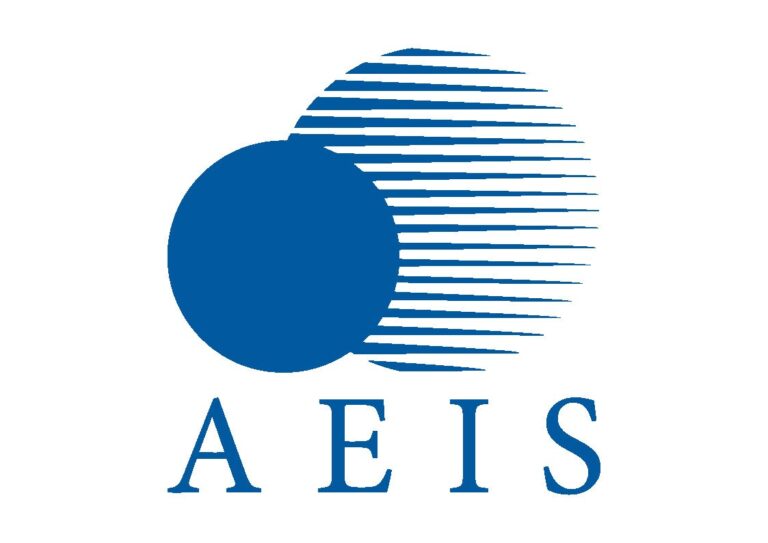According to the latest market research report published by P&S Intelligence, growing from $8,710.9 million in 2021, the LED driver market is expected to advance by 24.4% between 2021 and 2030, to reach $62,147.8 million by 2030. Almost 60% of the sales revenue comes from LED drivers that use a power supply that offers a constant current, on account of the need for consistent forward current even in situations where the voltage varies. Moreover, constant-current drivers enable the functioning of high-power LEDs by keeping all the LEDs in a series lit brightly.
The highest CAGR, of 25.7%, is expected in lighting applications due to the rising usage of green LEDs for managing pain, enabling sound sleep, battling depression, and treating dermatological issues. Further, LEDs are beneficial for people with light sensitivity and migraines, in addition to containing no mercury, unlike HID lamps.
The second-highest LED driver market CAGR, of 24.5%, in the application segment will be seen in the automotive category. This is attributed to automotive OEMs and owners’ rising adoption of laser lights and LEDs. Compared to conventional luminaires, LEDs offer high brightness, long lifetime, low cost, and high energy efficiency. Additionally, LEDs enable adaptive front lighting, which protects the driver of the vehicle coming in the front from the high beam.
Global Sustainability Efforts Are Key Drivers for LED Uptake
One of the biggest reasons for the LED driver market growth is the government efforts aimed at achieving energy efficiency and reducing the consumption of fossil fuels to produce electricity. In this regard, an $80-million guarantee agreement and a $220-million loan agreement were signed between the World Bank and India’s EESL in August 2018 to boost the adoption of LED street lights and residential tube lights across the country.
Additionally, countries are rapidly scaling up their infrastructure, with a particular focus on smart cities, green transportation, and NZEBs. A host of cities, including Milan, London, and Lisbon, have already implemented policies to retrofit buildings with energy-efficient devices, such as high Energy Star-rated HVAC appliances and LED lights.
Further, Toyota Motor Corporation plans to build the Woven City at the foot of Mount Fuji. The sprawling 175-acre dwelling will combine automotive manufacturing with sustainable living, with smart buildings, segregated paths for pedestrians, logistics, and autonomous mobility, healthcare facilities, IoT, educational campuses, and entertainment zones, all powered by hydrogen fuel cells and lit with LEDs.
Regional Analysis of LED Driver Market
- APAC holds an over 40% share of the industry revenue as a result of the government efforts to achieve maximum energy efficiency, product innovation due to the intense competition among semiconductor foundries, and rampant infrastructure development.
- For instance, till August 2022, the Indian government has distributed 368,666,291 LED lights and saved 47,878 million kilowatt-hours of electricity, INR 19.151 crore in power bills, and 38,780,844 tonnes of carbon emissions per year.
- North America makes the second-largest and Europe the third-largest contribution to the LED driver market, on account of the rising penetration of LED lights in their commercial and industrial sectors. Other key reasons for the regional market advance are the growing automotive industry, rising personal disposable income, and increasing number of owner-occupied houses.










